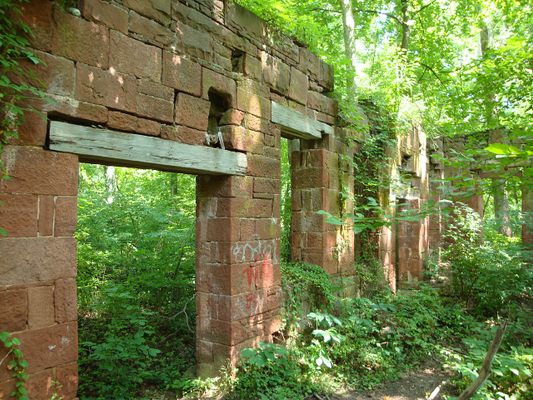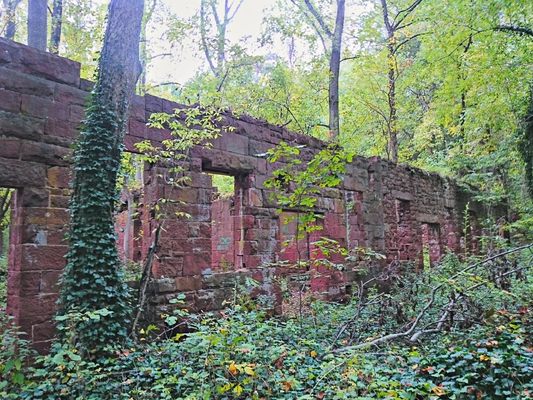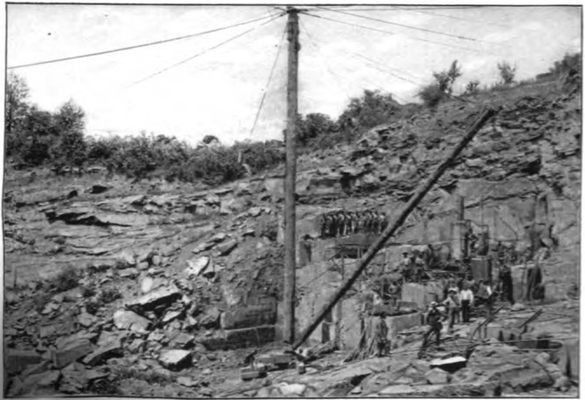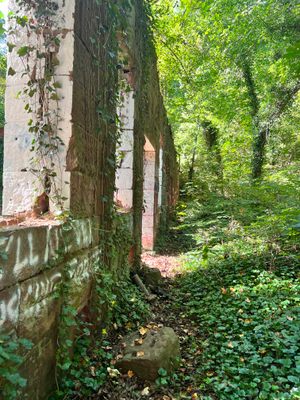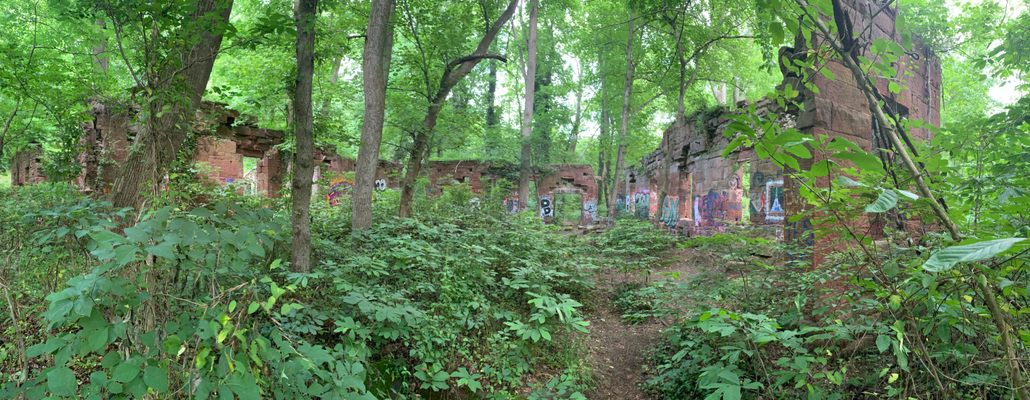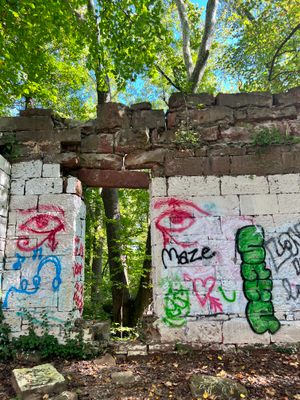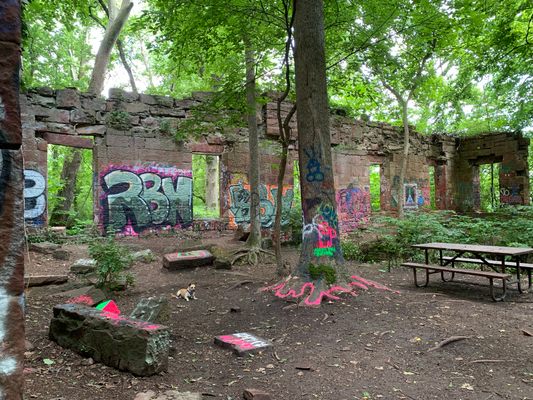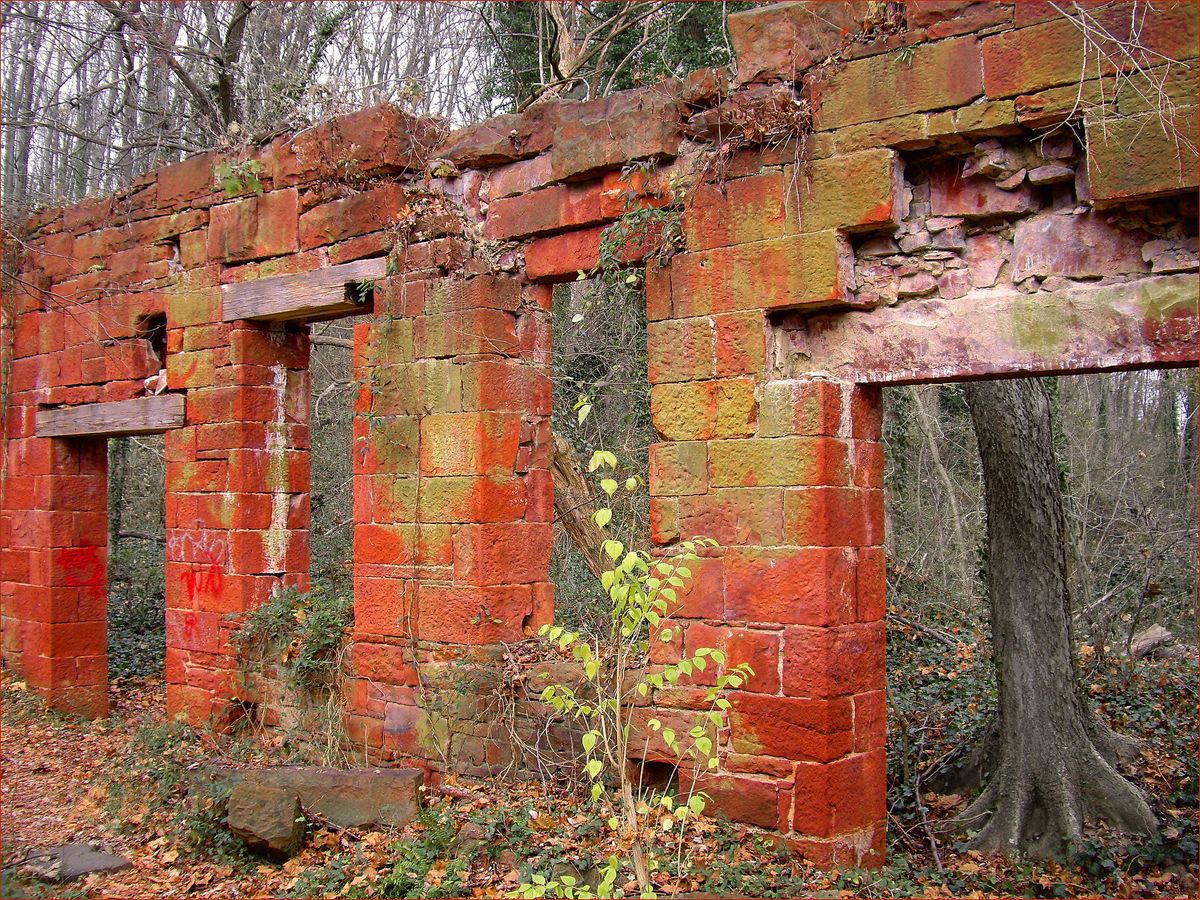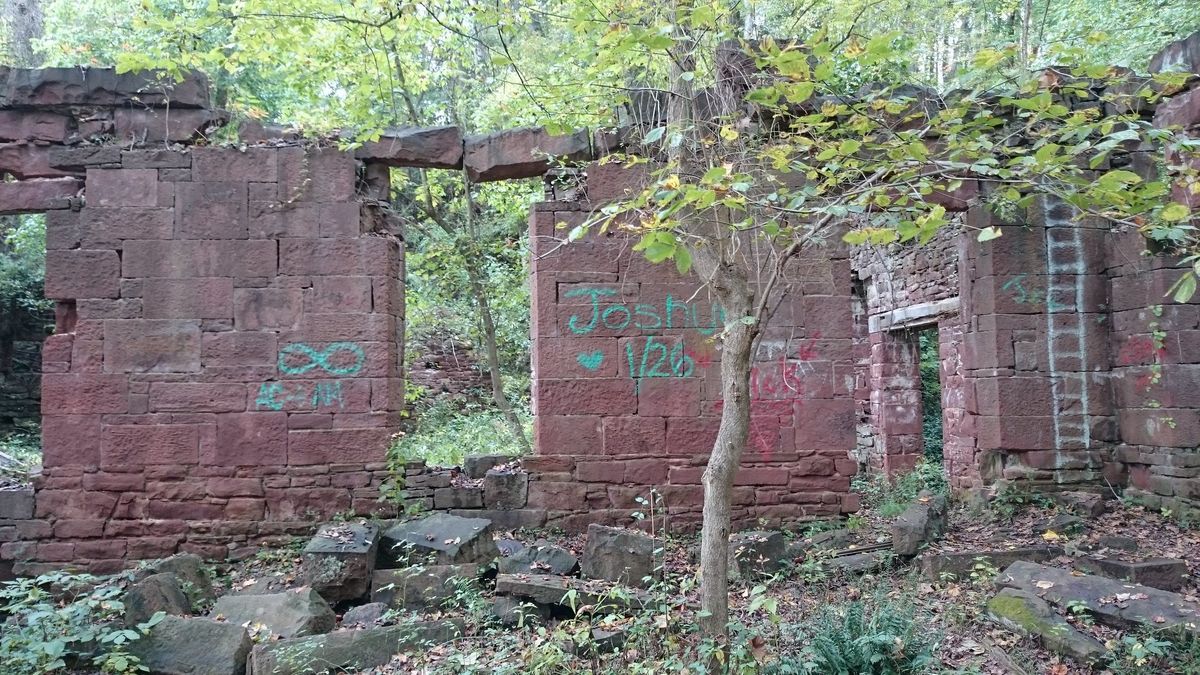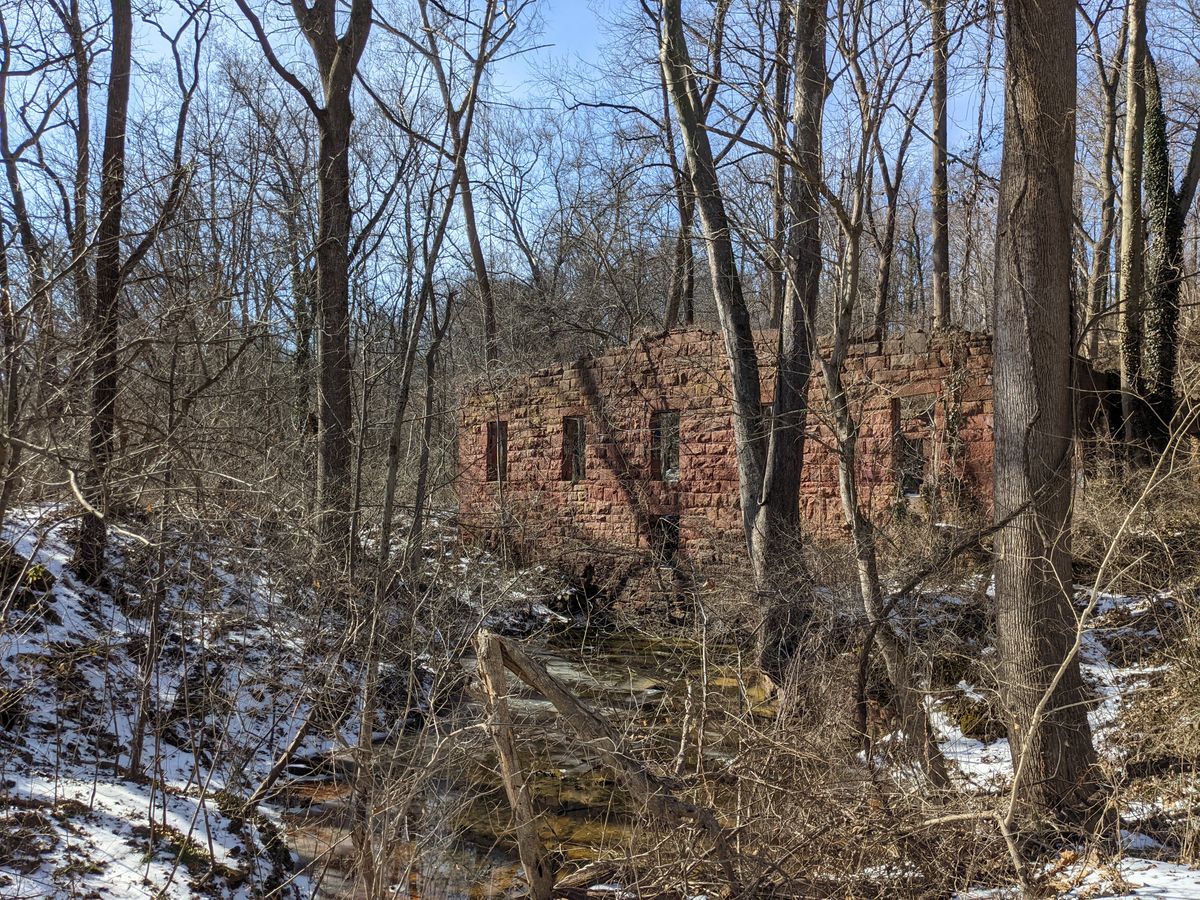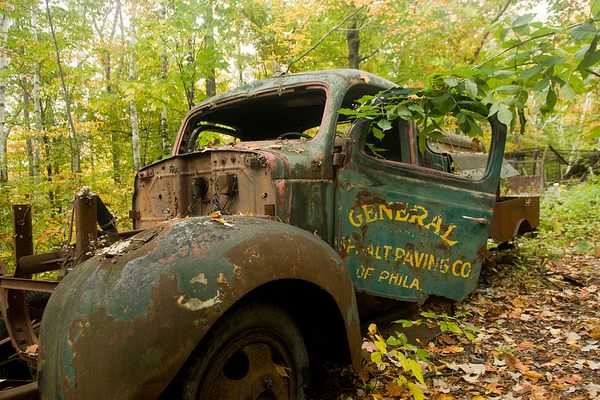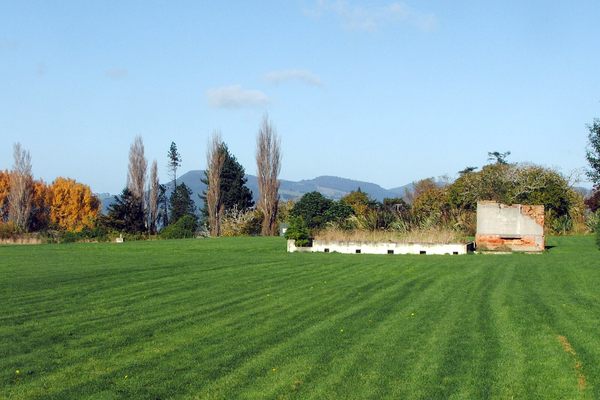About
The ruins of Seneca Quarry sit along the Chesapeake and Ohio Canal on the north bank of the Potomac River, about 20 miles upriver from Washington, D.C. In its heyday, the quarry was a bustling site that produced the distinctive rust-red sandstone used in many buildings in the United States capital. Today, however, it sits in the midst of dense forest, covered in undergrowth and easily missed by people hiking and biking along the nearby canal.
The history of the quarry dates back to 1781, when the land was purchased by Robert Peter. Over the following decades, the Peter family developed the red sandstone and marble quarries along the bank of the Potomac.
With the construction of the C&O Canal (built in part using stone from the quarry), the fortunes of the Peter family skyrocketed. The heavy sandstone could now reach the Washington, D.C. market via the canal, opening up some lucrative contracts. These included providing the red sandstone for the Smithsonian Castle, built between 1847 and 1855.
The Peter family suffered a decline in fortunes after the Civil War, and the quarry was purchased for $70,000 by the Seneca Sandstone Company in 1866. After 10 years of mismanagement and financial scandal, the company went bankrupt in 1876. It changed hands on two more occasions before eventually shutting down operations in 1901, when the quality of the stone declined significantly and redstone went out of fashion.
Over the course of its history, the workforce at the quarry included many immigrants from England, Wales, and Ireland. African Americans also worked at Seneca Quarry, and may have included enslaved men. According to Garrett Peck, the author of The Smithsonian Castle and the Seneca Quarry, “Slaves most likely worked at the quarry before the Civil War—and freedmen certainly worked there until the quarry closed in 1901.”
The voices of the former workers have long since fallen silent. Today, the quarry sits in ruins, overgrown with sycamores, poplars, and wild rose. Visitors can walk through the woods in search of the property, which includes the red sandstone walls of the old stonecutting mill. There’s also the restored quarry master’s house, the quarry cemetery, and the various stone quarries themselves, all of which fall within the Chesapeake and Ohio Canal National Historical Park.
Related Tags
Know Before You Go
Seneca Quarry is located in Seneca, Montgomery County, Maryland. You’ll find it along the Chesapeake and Ohio Canal (C&O Canal) on the north bank of the Potomac River, just west of Seneca Creek and the Seneca Aqueduct. It’s about 20 miles northwest of central Washington, D.C. It’s easiest to find and view the quarry and ruins in winter when the leaves are off the trees. You can also arrange a tour of the quarry (including an Atlas Obscura tour). Tours normally start at Seneca Aqueduct.
Community Contributors
Added By
Published
October 31, 2019
Sources
- https://southernspaces.org/2013/seneca-quarry/
- https://www.huffpost.com/entry/seneca-quarry_b_2735087
- http://www.senecatrail.info/stonecutmill.html
- https://www.smithsonianmag.com/smithsonian-institution/the-story-behind-smithsonian-castles-red-sandstone-17818600/
- https://books.google.com.pe/books?id=RaB2CQAAQBAJ&pg=PT11&lpg=PT11&dq=Seneca+Quarry&source=bl&ots=lDAjy7Jy1u&sig=ACfU3U2yVuIRyWdTHv3Eervo3wI9c6FdmQ&hl=en&sa=X&ved=2ahUKEwjHhfK_7sHlAhXo1FkKHTeXDeQ4ChDoATAMegQICBAB#v=onepage&q=Seneca%20Quarry&f=false

